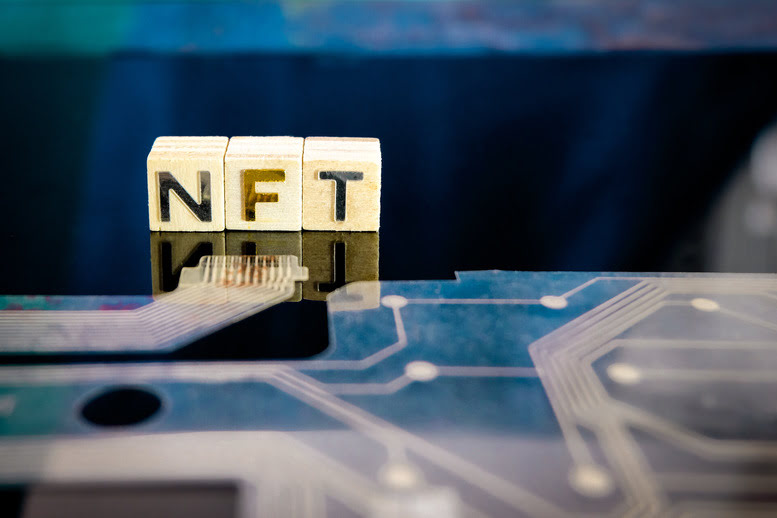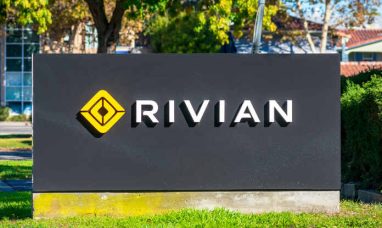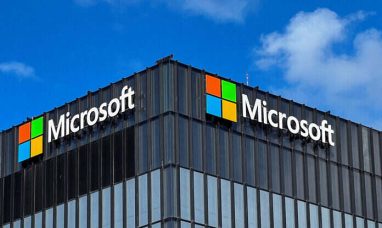You’ve obviously heard of non-fungible tokens or NFTs. Nowadays, they’re connected with virtually anything — a video clip, a meme, or a tweet. However, what are they?
In March, Twitter CEO Jack Dorsey sold his first tweet for $2.9 million. A Beeple work of art sold for more than $69 million at a Christie’s auction. Also, a blockchain firm purchased a $95,000 print by the British street artist Banksy, only to burn it in a live-streamed video and re-sell it for $380,000 as a virtual asset known as a non-fungible token (NFT).
Artists and collectors are investing in NFTs. These tokens have been making headlines ever since that $69 million transaction made them a household name. And while some are skeptical about the long-term viability of NFTs (the stock market has just experienced a downturn), others are certain that it will continue to exist. So are you confused about what NFTs are?
What Are NFTs?
An NFT is a Non-Fungible Token.
At its heart, an NFT is a unique crypto asset. It is not replaceable—this is one of the key features that distinguish NFTs. In short, an NFT is a collectible digital asset that has value both as a kind of crypto and as a work of art or culture. NFTs are viewed as investments, just like art. In economics, the term “fungible asset” refers to something that can be easily exchanged between parties in economics — for example, money. When it comes to money, you may exchange a £10 note for two £5 notes and have the same amount of money. On the other hand, if something is non-fungible, it possesses unique qualities that prevent it from interchanging with another object. For example, an NFT can be a house or a picture, such as the Mona Lisa, that is one-of-a-kind. While it is possible to take a photograph of the painting or purchase a reproduction of it, there will only ever be one original artwork.
At a high level, the majority of NFTs are components of the Ethereum blockchain. Ethereum is a cryptocurrency similar to bitcoin or dogecoin. But, Ethereum’s blockchain also enables non-fungible tokens. NFTs contain additional information that allows them to function differently than, for example, an Ethereum coin. It should be noted that other blockchains are capable of implementing their versions of NFTs as well. NFTs have found application in NFT gaming, NFT yield guild, and non-fungible tokens real estate.
Feature of NFTs
One of the distinctive aspects of NFTs is their non-interoperable meaning. An NFT cannot be utilized across the board to replace or be exchanged with another NFT. So, for example, a CryptoKitties NFT cannot be used in CryptoPunk NFT gaming.
NFT Gaming takes digital collectibles and sets rules for players who interact with each other’s NFTs. Play-to-earn NFT yield guild gaming has become a source of employment for gamers who could not earn economic rewards for their skills.
Non-fungible tokens are also part of the real estate market now. In April of this year, a San Francisco landlord put up a 75-year lease for auction on an NFT site; this and other examples indicate how NFTs can become part of our everyday life in the near future.
How Do NFTs Work?
To comprehend how artistic works are linked to NFTs, one must first grasp how an NFT operates in its most basic form.
NFTs are created (minted) using smart contracts that allocate ownership and control the NFTs’ transferability. Whenever anyone produces or mints an NFT, they run code included in smart contracts that adhere to several standards, including ERC-721. This information is then put into the blockchain, which is used to govern the NFT.
NFTs are cryptographic tokens that are handled on a blockchain and are one-of-a-kind. Because each NFT is designed to have a unique ID and other metadata that no other token can copy, the blockchain serves as a decentralized ledger that maintains the ownership and transaction history of each NFT. When combined with digital media, this approach imparts to NFTs the characteristics of uniqueness and rarity that make them so appealing to people.
NFTs are written using software code (referred to as smart contracts) that regulates elements such as confirming ownership and controlling the transferability of the NFTs. Smart contracts are used to code NFTs. NFTs, like any software application, may be further designed to incorporate a range of other applications and capabilities in addition to the fundamentals of ownership and transferability, such as those that link the NFT to another digital asset of the same or different type. When someone creates (or “mints”) an NFT, they are really creating the smart contract code that regulates the NFT’s characteristics, which is then uploaded to the blockchain where the NFT is being controlled.
In order to administer NFTs, a variety of blockchains may be utilized, including Ethereum (which has long-established smart contract standards such as the ERC-721 and ERC-1155), Flowchain, and Wax, all of which follow a similar procedure. Noteworthy is the fact that particular NFT markets may only operate with specific blockchains. Therefore, the choice of blockchain to utilize for an NFT can have significant business consequences for anyone.
Where Can I Buy or Sell an NFT?
When investing in NFTs or buying an NFT, there are many NFT marketplaces to explore, the largest being Opensea. If you are not interested in bidding on six figures immediately, there are several other options. Buyers may look for art, domains, and odd treasures to bid on without breaking the bank. Also accessible on the DraftKings marketplace is Woods’ digital collection, one of numerous NFT collections, including Tony Hawk’s, that are available to buy or sell.
For those who wish to sell a non-fungible token form of their artwork, NFTify, the Shopify NFTs shop, allows you to sell NFTs without the need to set up a separate store. In order to get started, you’ll need a MetaMask account.
How to Make Your Own NFT
As an artist, designer, or investor in NFTs, you may have heard that someone paid $69 million for a Beeple digital artwork. No, you will never achieve that degree of craze (unless you have some ties with your buyer’s Singaporean businesses), but you may still attempt to coin your own NFT. Of course, you will lose money in most situations. But you will have successfully hopped on the bandwagon.
- Choose your digital item—The first step is to choose the artwork. NFTs can represent any digital file, painting, animated GIF, piece of music, video, or song.
- Keep some Ethereum on hand—After choosing your digital item, it’s time to get some Ether. You can create NFTs on various blockchains, but for simplicity’s sake, we’ll assume you’re using Ethereum and have a metamask wallet.
- Choose an NFT marketplace—After you’ve gotten your Ether in your metamask, you’ll need to choose a marketplace where you’ll physically (virtually?) create and then offer your NFT.
- Make the NFT—Once the ETH Wallet is linked to the NFT marketplace, you may proceed to create your first NFT.
Congratulations, you just created your first NFT!
Find more instructions on how to make and sell NFTs at WealthyMillionaire.com.
Wrapping up
The value of several NFTs has soared in the last year, garnering considerable interest from the financial world. There are undoubtedly certain advantages to consider while acquiring and utilizing NFTs. However, there are specific reasons to avoid investing in and utilizing NFTs. Because most NFTs are static assets that produce no revenue on their own, they are primarily evaluated using subjective measures such as market demand. As a result, sky-high prices may not persist indefinitely, and NFTs may lose significant value.
Featured Image: Twenty20









